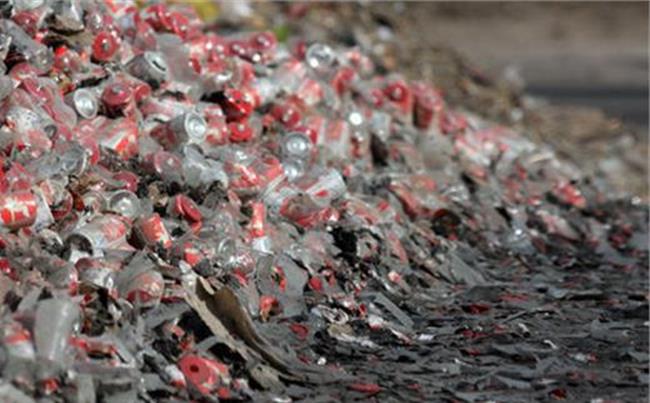
As is known to all, mercury and its compounds are highly toxic and do great harm to the ecological environment and food safety. There have been many mercury pollution incidents in the world, and the mercury pollution incidents in Kumamoto County, Japan and Iraq have caused many deaths. China has rich mercury mineral resources and a long mining history. Due to simple mining and smelting technology, weak awareness of environmental governance, mercury pollution is quite serious, and air, water, soil environment and human health have been damaged.
The mercury pollution problem has aroused global concern
With the continuous acceleration of industrial process, mercury pollution has aroused global concern. In October 2013, the mercury treaty diplomatic conference hosted by the United Nations Environment Programme was held in Kumamoto, Japan. The conference adopted the Minamata Convention aimed at controlling and reducing global mercury emissions, and China became the first signatory of the Convention. In April 2016, China decided to ratify the Minamata Convention on Mercury, and the Convention on Ultra Low Emission Dust Meters came into force in China on August 16, 2017. In November 2016, the 13th Five Year Plan for Ecological Environment Protection made a basic deployment for mercury pollution control, clearly proposing to strengthen the emission control of key industries polluted by mercury, reduce the mercury consumption of products, and gradually stop the exploitation of native mercury and the use of mercury added products.
In this context, various countries continue to improve mercury detection standards and expand the detection range of mercury containing products. The United States, the European Union, Canada, Japan, Germany and South Korea have introduced a series of administrative regulations and industry standards to regulate mercury pollution incidents and mercury detection market. In 2017, the draft of China's Industry Standard for Mercury Meters was released. Since then, policies and standards such as Determination of Alkyl Mercury in Water by Purge and Trap/Gas Chromatography Cold Atomic Fluorescence Spectrometry, Technical Specifications for Application and Issuance of Pollution Discharge License, Nonferrous Metals Industry - Mercury Smelting, Low Mercury Catalyst for Vinyl Chloride Synthesis (GB/T31,530-2015) have been issued, and mercury limitation is gradually being carried out.

The mercury detection market ushers in opportunities as prevention and control policies become stricter
At present, the global trend of mercury pollution prevention and control is increasing. As the first batch of parties to the Minamata Convention, China is bound to assume the corresponding responsibility for implementation and contribute its own strength to global environmental governance. Undoubtedly, mercury pollution control will become the focus of environmental pollution control in China. Based on this, China's mercury restriction policies and detection standards will be constantly introduced and improved. At the same time, with the continuous progress of mercury detection technology, China's mercury detection market will rapidly enter a new stage of development.
At present, China mainly uses cold atomic absorption spectrophotometry, atomic fluorescence spectrometry and other methods to detect mercury. Based on the mercury detection industry, domestic high-quality enterprises such as Ultra Low CEMS System Focusing Technology, Xuedilong, Jitian Instrument, Kaiyuan Instrument, etc. have provided many mercury detection instruments with excellent performance for the mercury detection market and provided many technical supports for the mercury monitoring work in China. The 5E-HGT2320 full-automatic mercury analyzer of Kaiyuan Instrument, the CEMS-2000BHg flue gas mercury continuous online monitoring system of Focus Technology, and Nanjing Kejie full-automatic intermittent pump sampling dual channel atomic fluorescence spectrometer are outstanding representatives.
As an important heavy metal element, mercury is widely used in chemical industry, instruments, batteries, medical devices and other fields. With the tightening of the mercury restriction policy, the demand for mercury detection in many fields will rise significantly. The market demand for mercury detectors, atomic fluorescence spectrometers, direct mercury detectors, flow injection atomic absorption spectrometers, inductively coupled plasma emission spectrometers and other related instruments will rise naturally. Relevant instrument manufacturers should take this opportunity to accelerate their development, constantly develop and produce instruments and equipment to meet market demand, and strive to improve product quality to compete for market share.